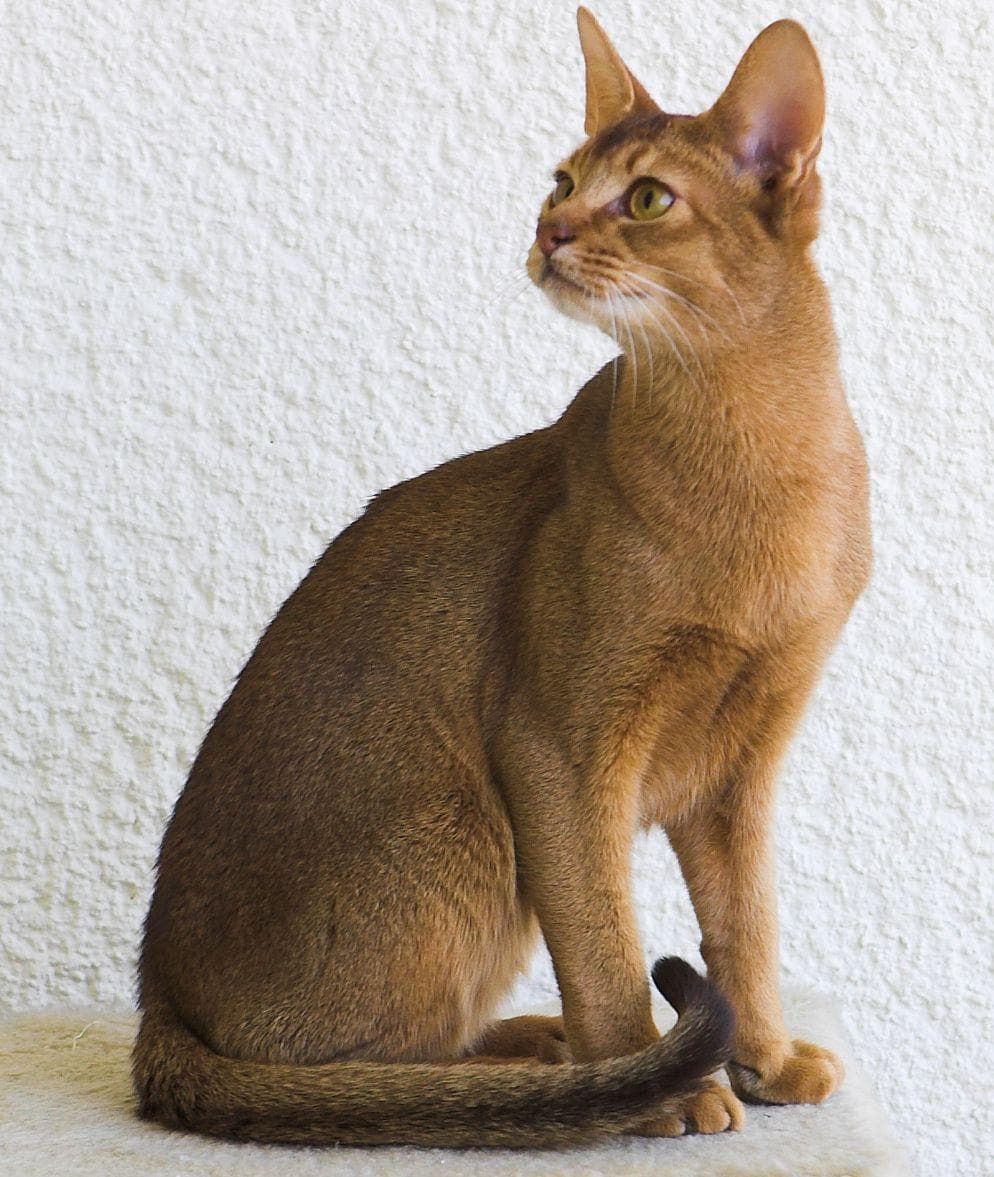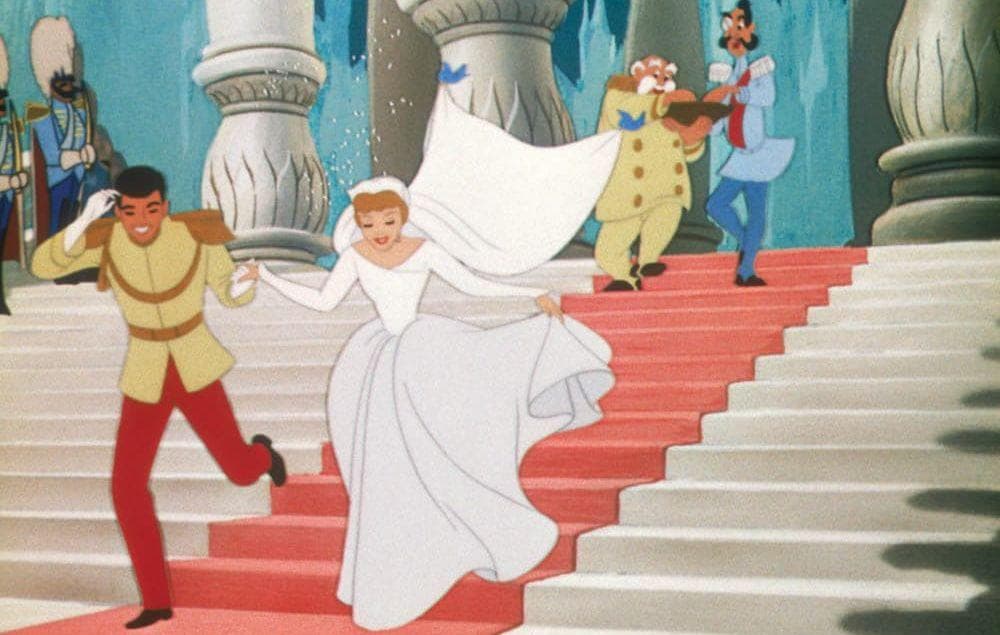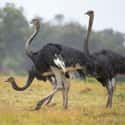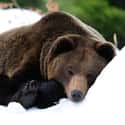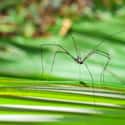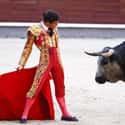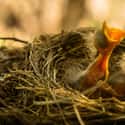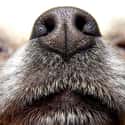-
(#7) Ostriches Bury Their Heads In Sand
The myth: Ostriches bury their head in the sand.
The truth: This myth probably came from the fact that ostriches, like many other kinds of birds, eat pebbles and sand to help them digest their food. They also turn their eggs with their beaks, another thing that makes them put their heads near the ground. If an ostrich put its head in the sand as we once believed, it would probably suffocate and die.
-
(#11) Bears Go Into Hibernation During The Winter
The myth: Bears hibernate during the winter.
The truth: If you try and wake up a bear during hibernation, you're going to have a bad time. First, bears are not "true" hibernators. While some do slow down during the winter - even to the point where they will sleep extended periods of time called a torpor - they do not sleep for the entire season. What's more important is they are wakeable during this period of torpor, meaning if you stumble across a sleeping bear, it's best to let it lie.
-
(#6) Daddy Longlegs Are The Most Poisonous Spiders
The myth: Daddy longlegs are poisonous.
The truth: There's probably a lot you don't know about this spider. For one thing, the spider you think is a daddy longlegs might actually be something else. There is a daddy longlegs spider, but in England the creature with this name isn't a spider at all. The long-legged cellar spider is an example of a daddy longlegs and is probably the reference point for this myth.
The thing is, there's no record of a pholcid spider ever biting a human and causing any kind of reaction. If they were really poisonous, the only way we would know is if we had milked them and injected the venom into humans. This has not been done. And there are no toxicology studies of any kind showing the effects of pholocid venom on any mammal.
-
(#13) Bulls Hate The Color Red
The myth: The sight of the color red makes a bull charge.
The truth: Sorry, wannabe matadors - this isn't true at all. This myth started after matadors in the 1700s started using muletas - small red capes - in bullfighting. This led people to believe it was the color of the cape causing the bull to charge, not the cape itself. As it turns out, bulls respond about the same to capes that are red, blue, and white. It's the size of the cape - not the color - that makes a bull respond.
-
(#1) Baby Birds Will Be Rejected By Their Mothers If Handled By People
The myth: Baby birds will be rejected by their moms if they come into contact with humans.
The truth: While it may be for the best to leave baby birds alone, the enduring notion of the birds' subsequent rejection simply isn't true. This myth is rooted in the misconception that mother birds won't recognize their babies' scent after they've been picked up by humans, but in reality birds have a poor sense of smell and don't notice the difference. Baby birds are often found alone because they're learning to fly. In part, the myth may have been a result of well-meaning adults who didn't want children picking up baby birds and potentially injuring them.
-
(#9) Healthy Dogs Have Wet Noses
The myth: Dogs with wet noses are healthy.
The truth: The coldness or dampness of a dog’s nose is an indication of its activity level and is not indicative of health conditions. As with humans, sweating through the nose helps a dog regulate its internal body temperature. Dogs also have a layer of mucus that forms on their noses to help them smell better, and when a dog licks its nose, it's taking in a sample of whatever it's smelling.
New Random Displays Display All By Ranking
About This Tool
Our data comes from Ranker, If you want to participate in the ranking of items displayed on this page, please click here.

